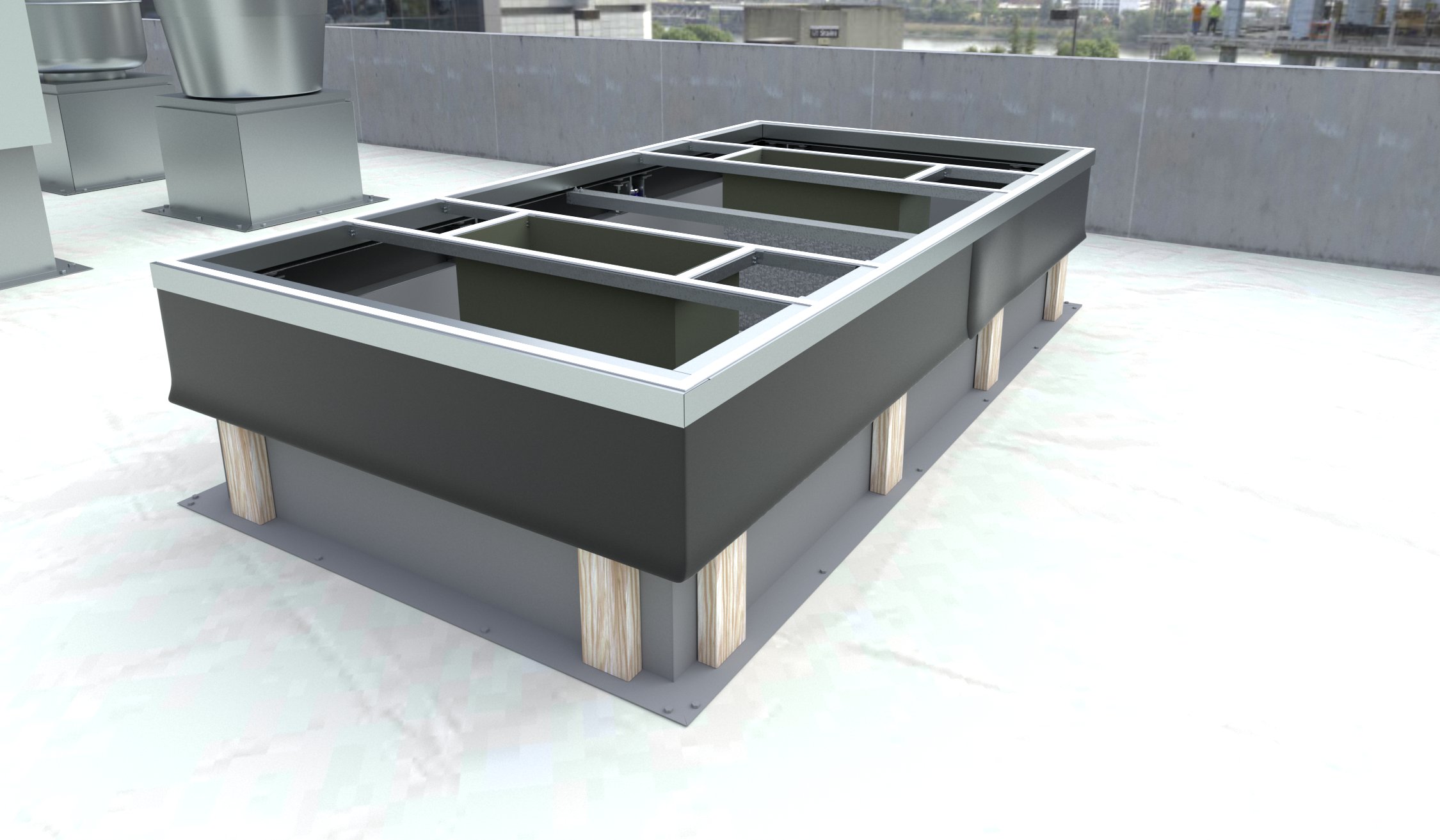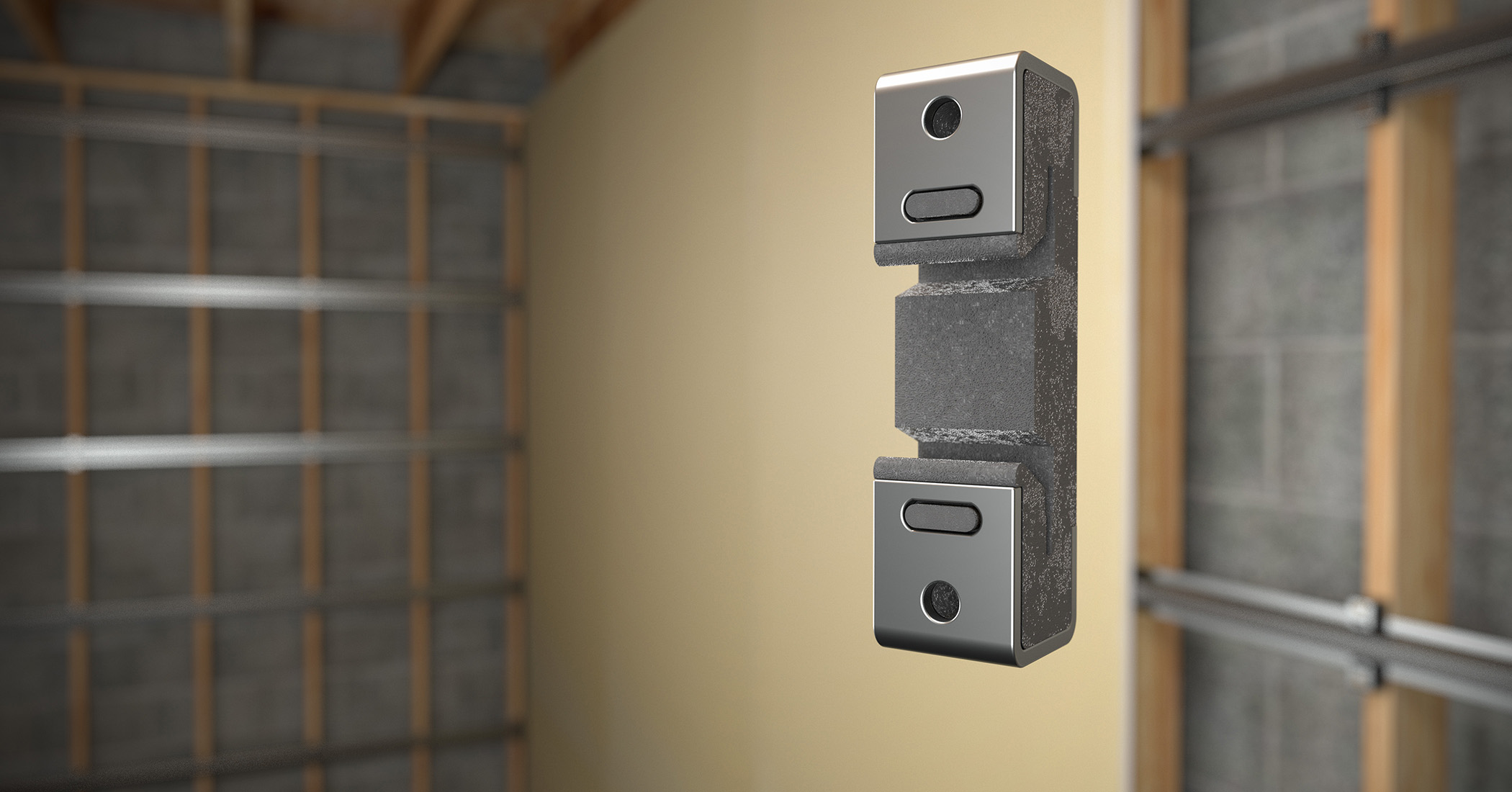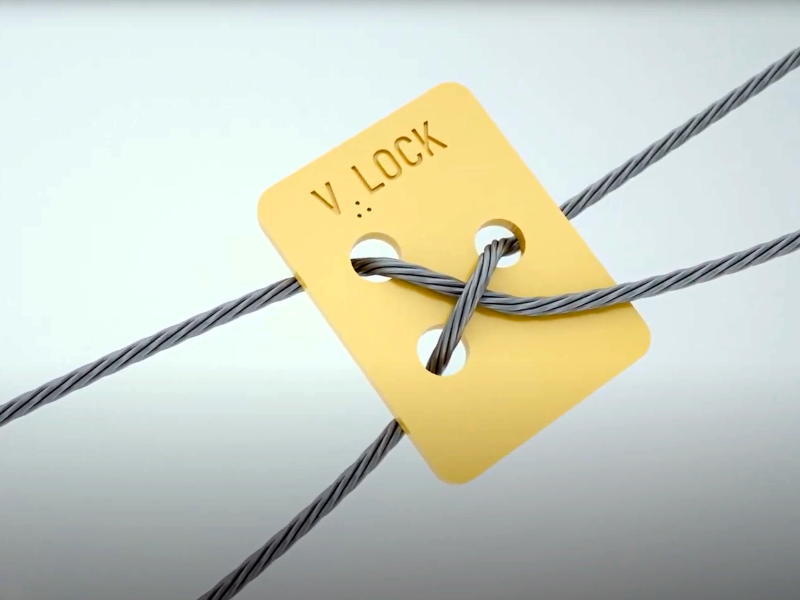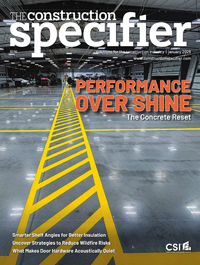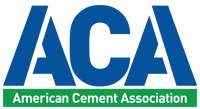Fiber cement panels as rainscreens

Design approaches to manage water-driving forces through cladding
To minimize the forces of water penetration by gravity, the following should be provided:
- drainage holes for all horizontal surfaces that can act as troughs;
- a minimum slope of two percent on horizontal surfaces to prevent flow to the interior;
- gaskets or sealants for closed vertical joints within a two-stage joint; and
- shielding for open joints.
To manage water penetration through capillary action:
- drainage and vent holes should be at least 11 mm (7/16 in.) wide to avoid bridging by water; and
- thicker materials should be chosen to delay or minimize water absorption.
To minimize water penetration because of air pressure difference:
- some degree of pressure equalization must be achieved across the cladding, its joints, and junctions; and
- air pressure across the cladding is a function of the effectiveness of the WRB system, the size of the venting in the cladding, the volume of air chamber between the weather barrier, and the stiffness of the chamber.
To manage water from the driving forces of surface tension, one should add drip caps under any projecting horizontal surface, such as windowsills, balcony floors, or soffits. Also, a drip edge should be specified for flashing.
To manage water from the forces of kinetic energy of raindrops, openings can be protected from direct rain entry by overlapping materials, sealant, or gaskets.
At the end of the day, the industry has come a long way in developing performance criteria for rainscreen systems that should be used when designing a rainscreen. A rainscreen must be viewed as a system and not as its individual parts. Guessing must be taken out of the design stage, and all parts have to be tested to make sure they will work well together in every possible design combination.
Carolina Albano has served as technical manager at Nichiha USA. since 2010. She holds degrees in mechanical engineering from the Georgia Institute of Technology. Albano is a member of Structural Engineer’s Institute (SEI), and American Society of Civil Engineers (ASCE), and active in several committees in ASTM. She can be reached at calbano@nichiha.com.



